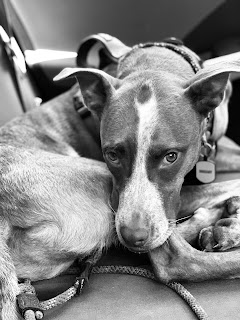Layers and Transparency

“Layers allow the designer to treat the image as a collection of assets... designers use layered files to generate storyboard” (Lupton 141). I took this opportunities to show my audience the collages I made. Where I go, whatever I eat, and which dog of mine spend time with, I constantly photograph these things. I love capturing those those moments for memories. I make a lot of collages of the things I had photograph because it’s very interesting to see where had my feet brought me or what food I love to eat. Most importantly, I sent these collages to my pen pal back in the Philippines. With these collages, I am able to tell her story and give her idea on what USA is like. Collages? I know you think collages are not layered but on mine, I always make sure that the photos are layered on top of other photos since I call them “Layers of Memories”. Below, are three different collages. The first collage I named it “Summer Adventures” as those what kept me busy last summer. T...


